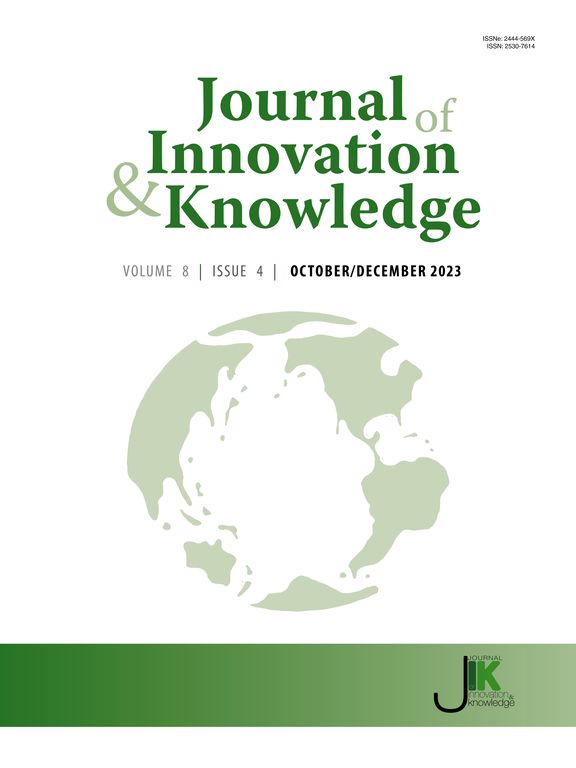是什么影响了创新型企业的绩效?多层次分析
IF 15.6
1区 管理学
Q1 BUSINESS
引用次数: 0
摘要
早期的产业组织理论强调结构-行为-绩效(SCP)范式,指出产业特征和结构因素影响企业绩效。伴随着技术的发展和创新能力的提升,基于资源的理论(RBT)逐渐受到更多关注。产业结构和竞争力量强调外部产业环境因素对企业战略决策的影响作用。本研究采用层次线性建模(HLM)的方法,将 SCP 和 RBT 整合在一起,分析不同层次对企业绩效的影响。综合理论框架提出了行业与企业动态之间的多层次关系。具体而言,行业层面的因素包括行业潜力、规模和动态,这些因素对企业层面的竞争优势(创新资源、组织资源和松弛资源)和企业绩效具有正向调节作用。研究结果还显示,行业竞争力对企业竞争优势与绩效之间的关系具有负向调节作用。行业竞争优势和企业竞争优势的整合塑造了企业绩效。本文章由计算机程序翻译,如有差异,请以英文原文为准。
What shapes innovative firms’ performance? A multi-level analysis
The industry organization theory in the early stage emphasizes the structure-conduct-performance (SCP) paradigm, indicating that industry characteristics and structure factors influence firm performance. Accompanied by technology development and the enhancement of innovation capabilities, the resource-based theory (RBT) has gradually attracted greater attention. Industry structure and competitive forces emphasize the role of external industrial environment factors in influencing a firm's strategic decision-making. Firms employ resources as their competitive advantage to adapt to the industrial environments and to shape the own performance.
This study uses hierarchical linear modeling (HLM) to integrate SCP and RBT and to analyze the different levels of effects on firm performance. The integrated theoretical framework suggests multi-level relationships between industry and firm dynamics. Specifically, industry-level factors include industry potential, scale, and dynamics that positively moderate firm-level competitive advantages (innovation resources, organizational resources, and slack resources) and firm performance. The research findings also reveal that industry competitiveness negatively moderates impacts on the relationship between firm competitive advantages and performance. The integration of both industry and firm competitive advantages shapes firm performance.
求助全文
通过发布文献求助,成功后即可免费获取论文全文。
去求助
来源期刊

Journal of Innovation & Knowledge
Multiple-
CiteScore
16.10
自引率
12.70%
发文量
118
审稿时长
37 days
期刊介绍:
The Journal of Innovation and Knowledge (JIK) explores how innovation drives knowledge creation and vice versa, emphasizing that not all innovation leads to knowledge, but enduring innovation across diverse fields fosters theory and knowledge. JIK invites papers on innovations enhancing or generating knowledge, covering innovation processes, structures, outcomes, and behaviors at various levels. Articles in JIK examine knowledge-related changes promoting innovation for societal best practices.
JIK serves as a platform for high-quality studies undergoing double-blind peer review, ensuring global dissemination to scholars, practitioners, and policymakers who recognize innovation and knowledge as economic drivers. It publishes theoretical articles, empirical studies, case studies, reviews, and other content, addressing current trends and emerging topics in innovation and knowledge. The journal welcomes suggestions for special issues and encourages articles to showcase contextual differences and lessons for a broad audience.
In essence, JIK is an interdisciplinary journal dedicated to advancing theoretical and practical innovations and knowledge across multiple fields, including Economics, Business and Management, Engineering, Science, and Education.
 求助内容:
求助内容: 应助结果提醒方式:
应助结果提醒方式:


